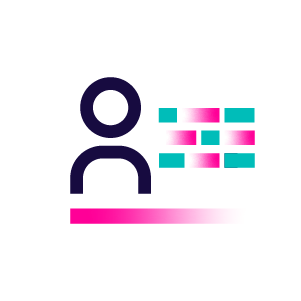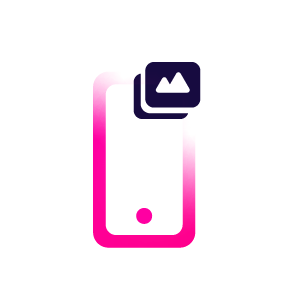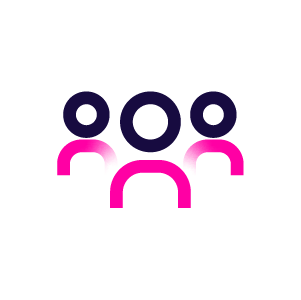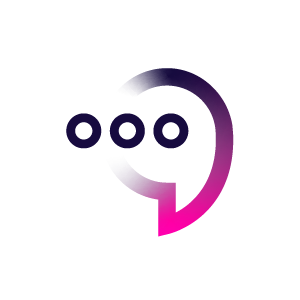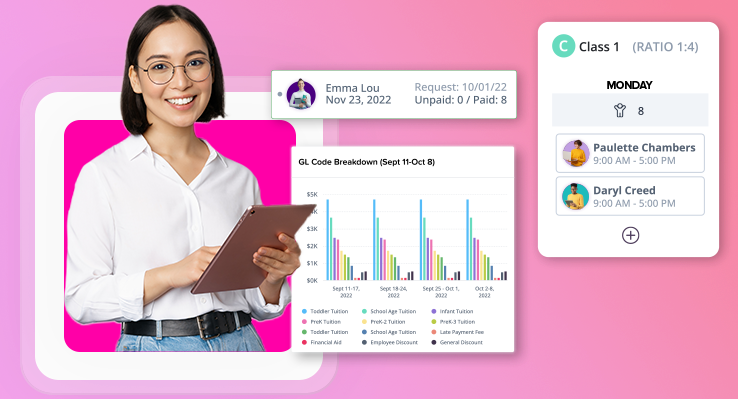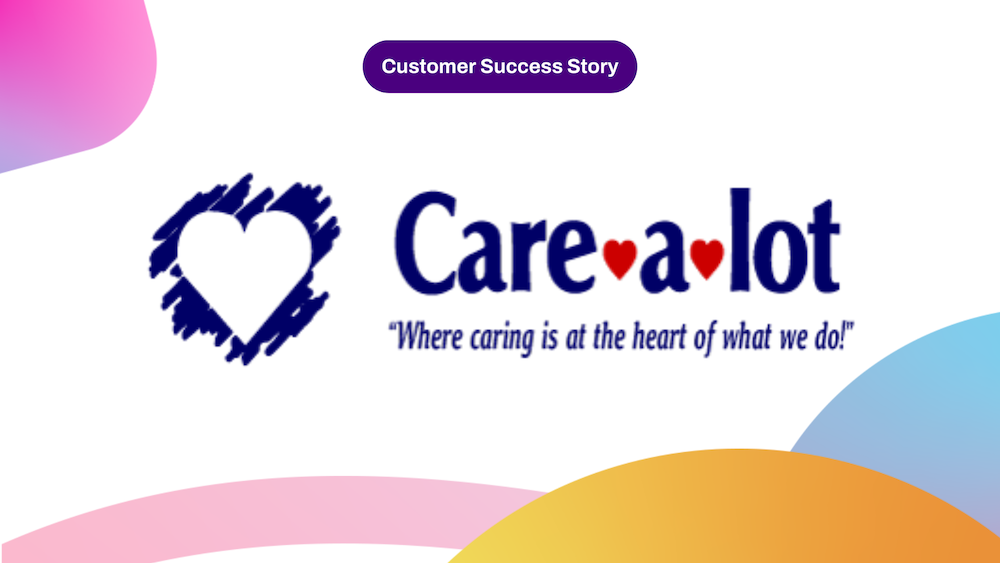In the last 20 years, the childcare industry has shifted immensely based on demand, revenue, and parents’ expectations. The industry revenue has grown from $19 billion in 1997 to $58 billion in 2020 and is only expected to increase. (Source: Census Bureau-Economic Census) As parents’ daily lives have evolved so have their expectations when it comes to childcare. Combined with new regulations and licensing requirements, childcare providers have changed the way they operate.
This has led to increased quality of care, a larger focus on cognitive development, and more parent connectivity. However, all these improvements have brought on more challenges. Childcare centers are having to figure out how to handle new schedules, different payment types, parent communication, staff management, and more. As centers navigate these challenges and improve their centers, they’re relying on increased tuition payments, government subsidies, and help from technology. These new aspects of the industry are imperative for its future growth.
Growth Factors
The childcare industry has grown rapidly in recent years thanks to a variety of factors. With lower unemployment rates and increased costs of living, it’s much more common to find two-income households. With two working parents, there is a greater need for childcare.
Because of this, thousands of new centers have opened up across the country, increasing industry revenue. In turn, competition and quality of care have also increased. Now that the importance of early childhood education and cognitive development is recognized, parents’ expectations and involvement have become a greater part of the industry. With these changes in childcare, it is expected that the industry will continue to grow.
Parents expectations
Today’s millennial parents expect to be highly involved in their child’s life. In the past, parents would ignore daily notes and didn’t care about constant updates and communication regarding their child. Now, parents expect high quality of care while being looped in to what their child is doing. They prefer to have easy access to their child’s daily reports right from their smartphone so they can see when they ate, when they took a nap, if they met a developmental milestone, their daily activities, etc. Additionally, they prefer the convenience of paying their bills online or within an app. These higher expectations have led to industry changes and challenges for centers to navigate.
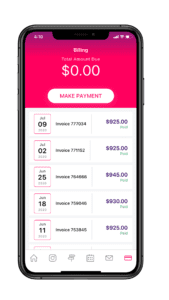
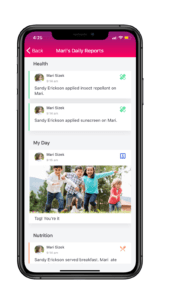

Kangarootime’s Parent App
Industry Changes
With higher growth and expectations, childcare centers have changed the way they operate.
Software
Now, it’s common practice to have software and technology integrated throughout childcare centers. Childcare management software gives centers the ability to automate processes and saves hours of time each week. This software also comes equipped with parent engagement and staff and classroom management features. These features allow staff members and directors to streamline processes and connect with parents while saving time and improving the quality of their center. With improved parent connectivity, saved time, and seamless operations, software can help maximize efficiency at childcare centers.
Cost
With more centers, higher quality education, and increased demand, costs for childcare have increased. To keep up with operating costs, tuition rates are much higher than they previously were. Now, centers are having to spend more money on PPE and sanitization supplies. These costs are causing a financial strain on centers, leading them to find new ways to increase revenue.
Licensing and Training
Center staff, owners, and directors face more licensing and training requirements than in previous years. While these requirements vary from state to state, they usually include hours of updated education every couple of years. On top of day-to-day responsibilities, staff need to find the time and resources to continue their training. These have gotten more accessible over the years, especially through online services and webinars. See past webinars from Kangarootime here.
Regulations
On top of managing children, parents, and staff, centers face complying with stricter regulations. There are restrictions based on classroom ratios that each teacher must be aware of. There’s also new health and safety regulations regarding immunizations, allergies, and sanitation. These regulations have only gotten stricter with COVID-19, causing centers to have plans in place in the event of an outbreak while also mitigating the spread of germs at their center.
While these regulations have improved the health and safety of staff and children while increasing the quality of care, they require time, planning, and a lot of effort to adhere to.
The Future of the Industry
Because of all these changes and improvements, the childcare industry is only expected to grow. With the recent economic shakeup, it’s predicted that the future of the childcare industry will be dependent on government funding and subsidized payments. The key to success for these centers is effectively managing their center while keeping classroom ratios high. To do so, centers should look into automating processes and revenue cycles. Digitizing their classroom will give their staff more point-of-care tools and increase the quality of care and education for the children. Additionally, early education and childcare centers should consider parents as key stakeholders and work to engage with them as much as possible through digital communication and real-time updates.
With all the challenges presented by the recent pandemic, many opportunities have also been brought to light. Centers have been able to reevaluate their operations and find areas to improve. The general public has also been able to see the true value that childcare centers bring and their overall importance. With this new awareness and newfound opportunities, the childcare industry is set up for future success.
Looking to improve your childcare center or preschool with childcare management software? Check out Kangarootime’s Guide to Selecting Your CCMS Software.
Kangarootime is the leading all-in-one childcare management software for daycares and preschools. With billing and invoicing capabilities, parent communication and staff management tools and classroom automation, Kangarootime helps childcare centers grow and scale. To learn more about optimizing your center with Kangarootime, visit kangarootime.com and schedule a demo.


